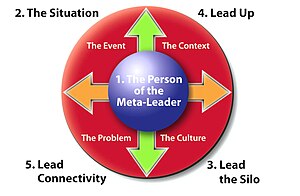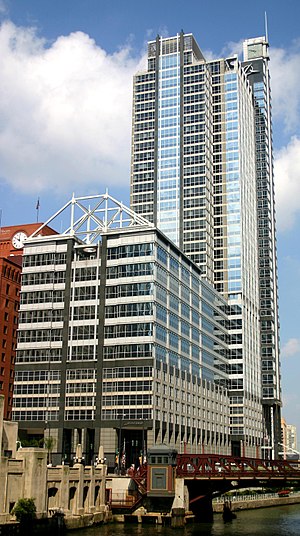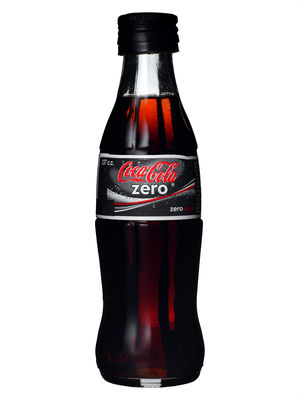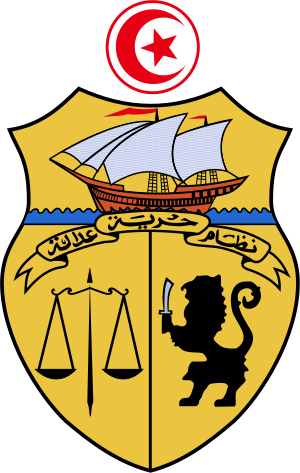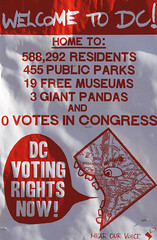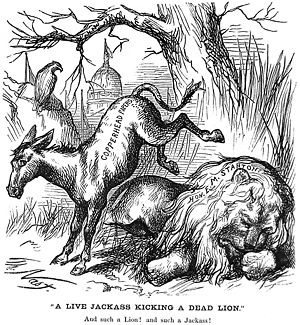 Image by Esthr via Flickr
Image by Esthr via Flickr
Globalization may be lauded for the tremendous role it has played in spreading leadership and management and in reforming organizational conduct in almost every corner of the world especially in countries that have democracy as their systems of governance. According to Baylis, Smith, and Owens (2008), globalization has been translated to mean various things with some scholars defining it to mean “international interconnectedness i.e. linkages between countries (p. 17)”. The radical spread of communication to all corners of the globe especially air and sea travel and the meticulous broadband internet connection are some of the driving factors that have made globalization almost universal in context. Lehman (2008) believes that the role of corporations in global commitment is one geared towards economic enlightened self-interest. To have business success in foreign environments, organizations time and again feel compelled to change the way they deal with other cultures. For example, GM may have to change its organizational structure when it opens a new base in Hanoi, Delhi or in Bamako. This is done mainly to accommodate the diverse and unique socio-cultural environments encountered by the overseas-based organization.
Many Western multinational corporations, international and political organizations have spread their business operations far and wide by having branches in many parts of the world. The demand for the products made by these corporations and the expertise they provide are some factors that necessitated cross-cultural corporation. According to Pease (2008), “Multinational corporations (MNCs) are private, for-profit organizations that have commercial operations and subsidiaries in two or more countries”. On the other hand, there are transnational corporations (TNCs) that have their headquarters in one country and branches in several countries (WHO, 2011). Monsanto and Sony are examples of TNCs whose businesses are based on resource extraction and manufacturing. To ensure the required working standards are met, these international conglomerations have taken initiatives to train local employees to international levels. Corporations or organizations that have branches in many parts of the world include banking institutions, accounting firms, auto-industries, household goods manufacturers, aerospace engineering firms, beverage manufacturers, educational and health institutions, cigarettes makers, and petroleum and industrial products manufacturers.
Specific international corporations or organizations that have made great strides in diplomacy, trade and industry include Toyota, GM, BMW, AUDI, VOLVO, Coca Cola, Siemens, Price Waterhouse, the United Nations, and government consulates and embassies. These organizations or corporations put great emphasis in training leaders who are responsible for the smooth running of their operations worldwide. Corporations or organizations are at the forefront of expanding their empires by setting foot in unchartered territories while hosting nations aspire to emulate them by benefitting from their leadership potentials and the array of missing products at their disposal.
To create a culture of excellence, it is of paramount importance that leaders understand the impact of globalization regardless of region or locality (Tierney, 2007). However, understanding only the impact globalization has on organizations is not enough to navigate an organization. Leaders are required to effect changes to the new environment and get ready to immerse themselves in a new playing field. According to Burke (2002), for modern organizations to survive, they will have to confront the demands of adaptation and change. In the words of Welch (2001, p. 169), “Change has no constituency—and a perceived revolution has even less”. Kerno’s essay (2008),
Leadership and Organizational Change: Implementation amidst the Potential Constraints of Institutionalized Formal Structure and Institutional Isomorphism, is educational and inspiring in that it touches on significant aspects of globalization and organizational change. According to Kerno (2008), organizational change in this modern era of globalization requires change of attitudes, culture, and the introduction of modern technology that replaces old or obsolete equipments to enhance production and rejuvenate workforce spirit.
Having an understanding of an organization’s deep culture-which is the main embodiment of one’s organization-help alleviate misinterpretation of organizational goals and expectations. Organizations may face restrictions in their overseas operations due to measures imposed by the host government and it is here leaders have to feel compelled to abide by the rules and introduce organizational revolutionary change. In this type of scenario, an organization cannot rely on the same play book that has been rendered inappropriate or unnecessary. At times it will be prudent to change institutionalized social structures that fail to work (Kerno, 2008).
The articles and publications used in this research have been useful in explaining the implications of organizational change-revolutionary or evolutionary. I have come to realize that organizations do change to suit the demands of the employee, stakeholders, and customers depending on the nature of environment. An organization in the US behaves differently when it sets a branch in a foreign country; organizations do suffer deregulation, and likewise they do meet with resistance from constituencies that do not agree with their nature of operations.
References
Baylis, J., Smith, S. & Owens, P. (2008). The globalization of world politics: An introduction to international relations. New York, Oxford University Press, Inc.
Burke, W.W. (2002). Organizational change. Thousand Oaks, CA: Sage
Kerno, S.J. (2008). Leadership and Organizational Change: Implementation amidst the Potential Constraints of Institutionalized Formal Structure and Institutional Isomorphism. St. Ambrose University
Lehman, Jean-Pierre (2008). Globalization, corporate leadership and inclusive growth: An Indian agenda for global knowledge & local implementation. The Indian Institute for Corporate Affairs (IICA), the confederation of Indian industry (CII) & IMD – The Evian Group.
Pease, S. (2008). International Organizations: Perspectives on Governance in the twenty-first century. Upper Saddle River, NJ. Pierson/Prentice Hall.
Tierney, W.G. (2007). Academic leadership and globalization. The Department Chair, Vol. 17 No. 4. Retrieved from http://media.wiley.com/assets/1308/42/DepartmentChairSample051507.pdf
Welch, J. F., Jr. (2001). Jack: Straight from the gut. New York: Warner Books
WHO (2011). Trade, foreign policy, diplomacy and health: International Corporations.
Retrieved from http://www.who.int/trade/glossary/story057/en/index.html
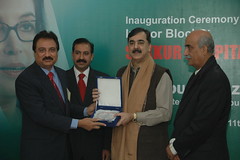 Image by csrpakistan via Flickr
Image by csrpakistan via Flickr











